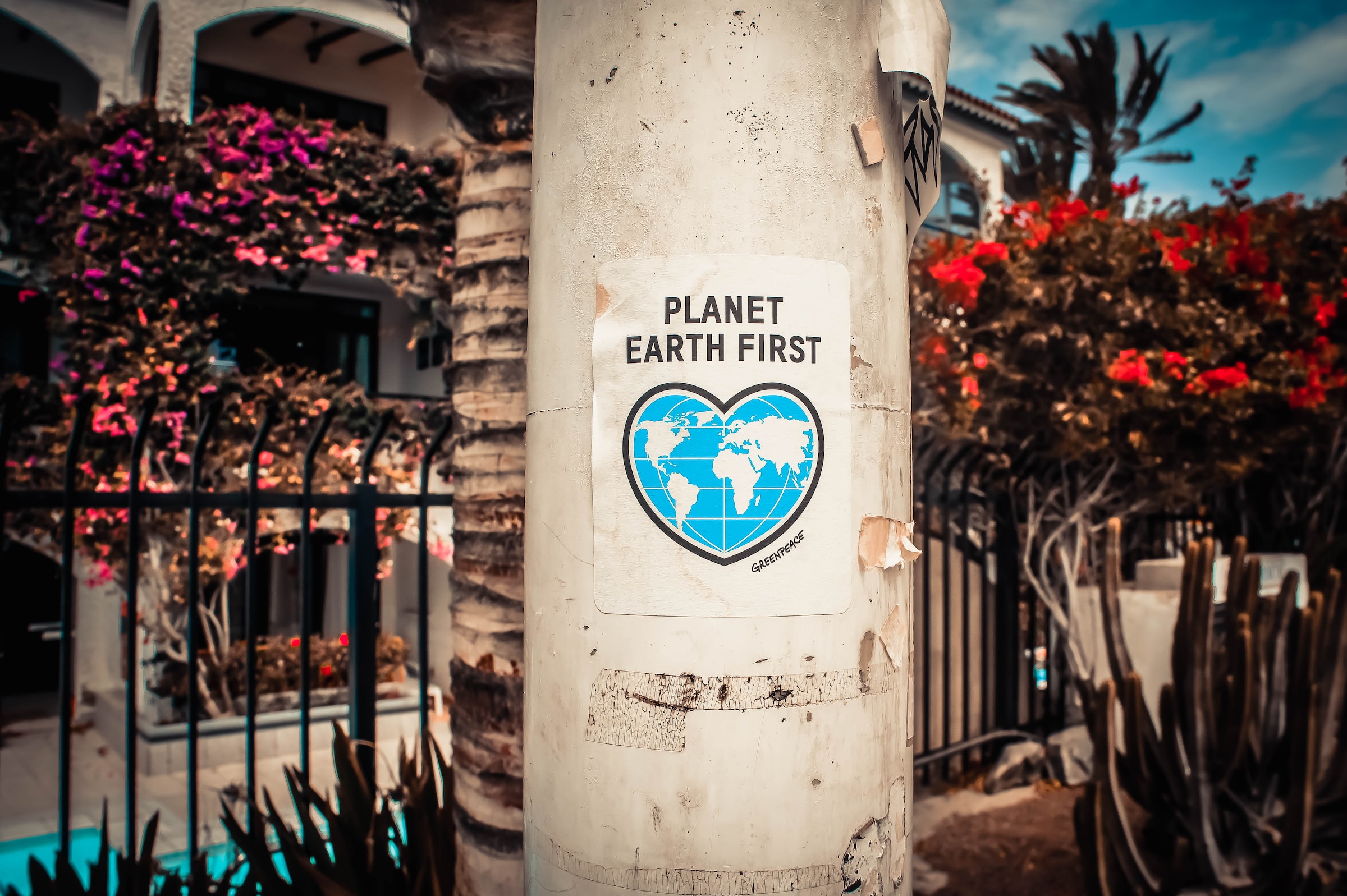The Solana Foundation has taken a significant step towards sustainability by announcing its real-time emissions tracking for the Solana blockchain. The foundation collaborated with Trycarbonara, a carbon data platform, to create an emissions tracker that will embed software directly on Solana nodes.
How Does The New Solana Tracker Works?
Solana is the first major smart-contract blockchain to have its emissions measured in real-time, setting a new standard for sustainable blockchain technology. According to the announcement, the emissions measurement will dynamically change based on the throughput of individual validators, when they’re online and offline, and changes in the validator network over time.
Per the announcement, Solana’s new emissions data includes several important factors not previously measured for blockchain technology. The emissions measurement will include RPC nodes and instrumenting the underlying hardware.
Additionally, emissions granularity will be provided at the server level and incorporate the geolocation of validator and RPC nodes. This will provide a more detailed understanding of the network’s carbon footprint.
Furthermore, the new emissions data will also include marginal emissions, which account for the incremental emissions impact of new demand as it relates to the overall distribution of grid supply. This framework will be useful when gauging the environmental impact of changes and optimizations to energy consumption and accounts for the renewable energy mix of different sources of electricity.
Moreover, the embodied emissions of the hardware infrastructure of the Solana Network will also be measured. This will include emissions based on the hardware’s manufacturing, transportation, and end-of-life management. Finally, the Power Usage Effectiveness (PUE) will be used to describe the overall efficiency of a data center.
 A New Standard For Blockchains
A New Standard For BlockchainsThe Solana Foundation’s new emissions tracker provides a detailed snapshot of the network’s climate impact and includes comparison charts that help put the carbon footprint of the Solana blockchain and individual interactions with the chain in perspective. This feature will enable users to make informed, sustainable decisions and work towards reducing their carbon footprint.

The comparison charts in the emissions tracker provide a valuable tool for understanding the environmental impact of the Solana network. Users can compare their interactions with the chain to the network’s overall carbon footprint and better understand their contribution to the network’s emissions.
This will allow them to make informed decisions about reducing their carbon footprint and working towards a more sustainable future.
Since November 2021, the Foundation has regularly commissioned independent third-party assessments of the emissions of the Solana network. According to the announcement, the foundation is committed to making these measurements more accurate and comprehensive.
Currently, Solana’s native token SOL is experiencing a strong downtrend. The current trading price of SOL is $21.87, which signifies a decline of 0.6% in the last 24 hours. However, the token has experienced a significant drop in its price of over 10% in the seven-day timeframe.

Featured image from Unsplash, chart from TradingView.com










